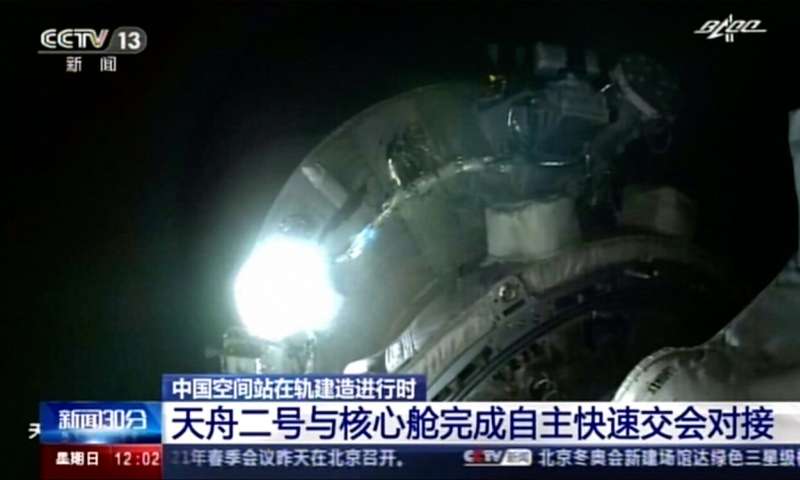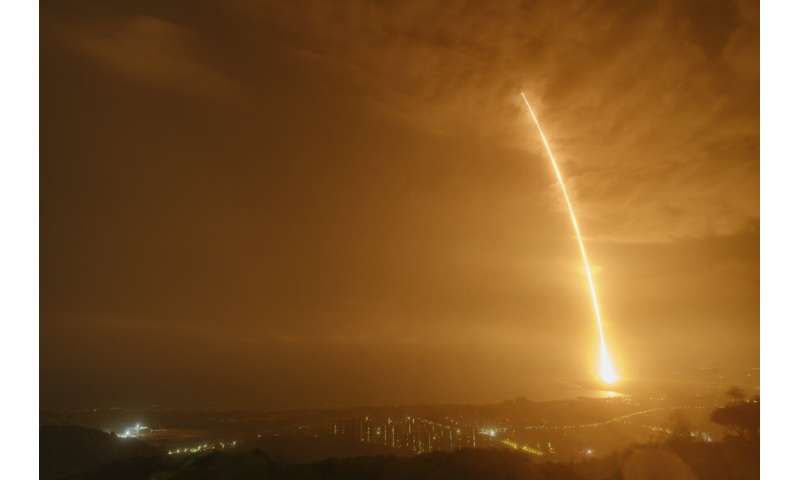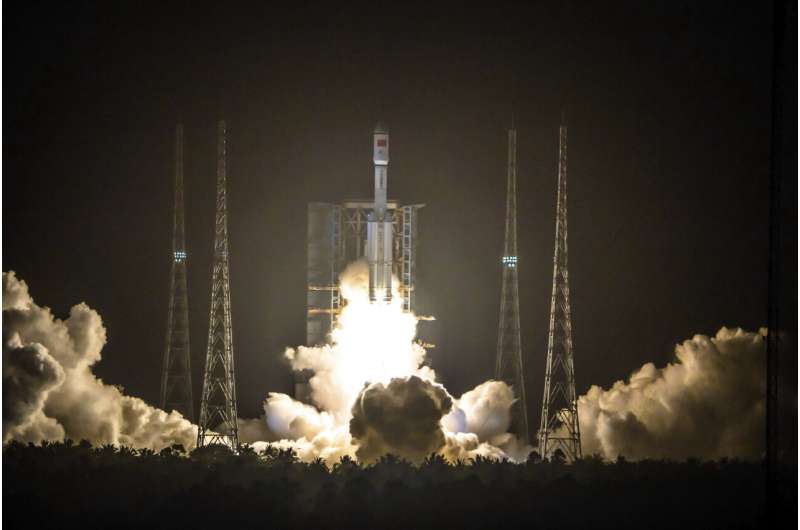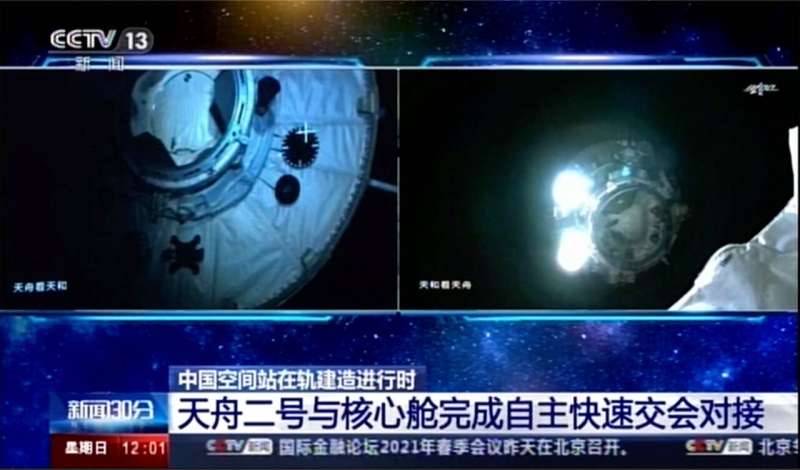The comments by Yang Liwei, the manned space program's deputy chief designer, to state television came as an automated spacecraft was launched with fuel and supplies for the Tianhe station.
The Tianhe, or Heavenly Harmony, is the third and largest space station launched by China's increasingly ambitious space program. Its core module was launched into orbit April 29.
The Shenzhou 12 capsule carrying the crew will be launched from the Jiuquan base in China's northwest next month, Yang said in comments broadcast Saturday by China Central Television.
Yang, who orbited Earth in 2003, gave no details of the astronauts' identities or a flight date but confirmed the crew will include no women. He said the crew will come from the program's two earliest groups of astronauts.
Asked whether women would be in the crew, Yang said, "on Shenzhou 12 we don't have them, but missions after that all will have them."
The Tianzhou-2 spacecraft that docked with Tianhe on Sunday carried 6.8 tons of cargo including space suits, food and equipment for the astronauts and fuel for the station, according to the space program.

This image made from video footage by China's CCTV shows Tianhe core module's camera footage showing Tianzhou 2 cargo spacecraft approaching on Sunday, May 30, 2021. An automated spacecraft docked with China's new space station Sunday carrying fuel and supplies for its future crew, the Chinese space agency announced. Credit: CCTV via AP Video 
In this photo released by China's Xinhua News Agency, a Long March 7 rocket carrying the Tianzhou-2 spacecraft lifts off from the Wenchang Space Launch Center in Wenchang in southern China's Hainan Province, Saturday, May 29, 2021. A rocket carrying supplies for China's new space station blasted off Saturday from an island in the South China Sea. Credit: Guo Wenbin/Xinhua via AP
The space agency plans a total of 11 launches through the end of next year to deliver two more modules for the 70-ton station, supplies and the crew.
Beijing doesn't participate in the International Space Station, largely due to U.S. objections. Washington is wary of the Chinese program's secrecy and its military connections.
China has sent 11 astronauts, including two women, into space beginning with Yang's flight in October 2003. The first female astronaut was Liu Yang in 2012.

All of China's astronauts to date have been pilots from the ruling Communist Party's military wing, the People's Liberation Army.
Astronauts on the Tianhe will practice making spacewalks with two people outside the hull at one time, according to Yang. China's first spacewalk was made in 2008 by Zhai Zhigang outside the Shenzhou 7 capsule.
Also this month, the Chinese space program landed a probe, the Tianwen-1, on Mars carrying a rover, the Zhurong.
Explore further
© 2021 The Associated Press. All rights reserved. This material may not be published, broadcast, rewritten or redistributed without permission.

